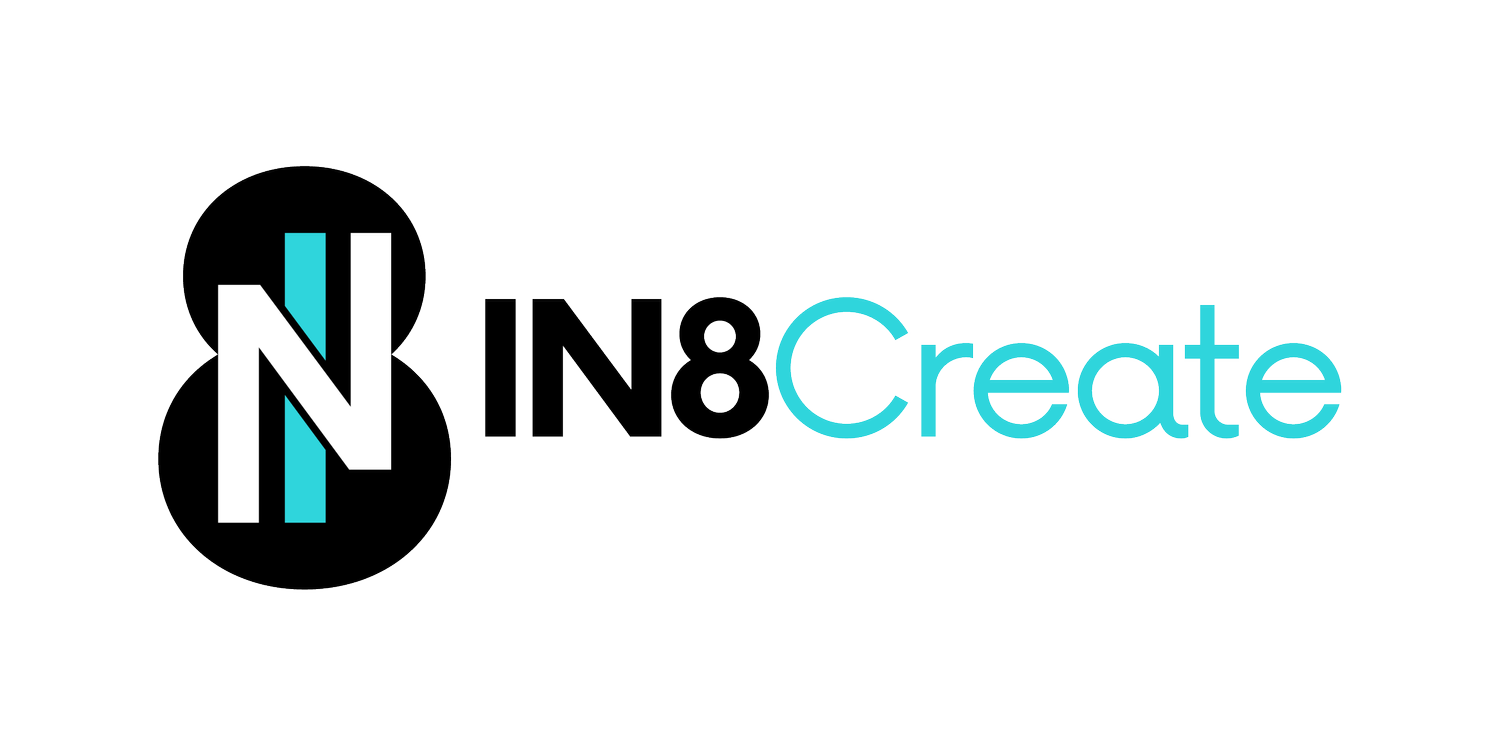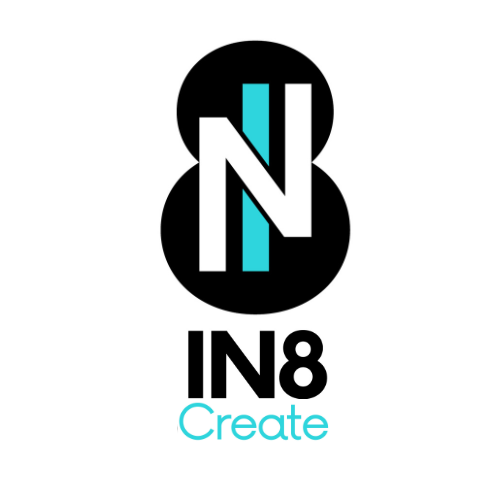Three Types of Team Workstyles: Baseball, Football, and Basketball (Copy)
How Teams Work Together Should Guide Workplace and Tool Decisions
Different Team Dynamic Styles as Represented by Sports
Team dynamics can be challenging at best, especially in this unique time of remote vs hybrid vs in-person work.
Sports metaphors can help us understand the variety of ways teams play together and how this might be used to make better decisions regarding workplace strategy.
⚾The Baseball Team: Sequential Collaboration
Think of this as a relay race - Each person's action is connected to another's and the end result is a sum of all parts done correctly. Each person's performance sets the stage for the next, similar to an assembly line.
Specialization and Independence: Each player has a specific role (pitcher, catcher, outfielder) akin to specialized roles in a team (developer, designer, marketer). They train for and execute these roles independently.
Sequential Interdependence: Actions in baseball are highly sequential. A pitcher's throw, a catcher's catch, or a fielder's assist directly influences the next player's ability to act. Similarly, in certain teams, one person's output becomes the input for the next, creating a chain of dependent actions leading to the final goal.
Individual Accountability: Each player's performance is distinctly measurable, much like team members whose individual contributions are critical to the project's overall success. This setup emphasizes the importance of personal responsibility and mastery.
🏈 The Football Team: Synchronous Coordination
Success here is driven by the simultaneous efforts of all team members. Each person has an assignment and they need to execute it flawlessly. Every play requires precise timing, collective strategy, and unified execution
Coordinated Effort: In football, from the quarterback to the linemen, each player's role is interlocked in real-time. This is akin to project teams where members must coordinate efforts simultaneously to achieve objectives, such as launching a product or delivering a service.
Strategic Alignment: Just as a football team operates under a shared strategy devised for each play, effective team projects require a unified approach and clear communication to ensure everyone's efforts are aligned towards the common goal.
Adaptability and Support: The need for backup plans and immediate response to the opposing team's actions in football reflects the necessity for adaptability and support within teams, where challenges must be met with collective resilience and flexibility.
🏀 The Basketball Team: Dynamic Interplay
With constant movement, passing, and strategic positioning, basketball teams rely on constant collaboration and adaptive strategy. Fluid communication, decision making, and understanding of each other's strengths and weaknesses are necessary to success.
Fluid Collaboration: Basketball relies on the seamless passing and movement, where the ball (or project tasks) moves fluidly among players (team members), emphasizing the need for constant communication, situational awareness, and collaborative effort.
Versatility and Interchangeability: Players often switch roles and responsibilities on the fly, similar to cross-functional teams where members are adaptable, taking on different roles as needed to address the task at hand.
Creative Problem-Solving: The dynamic nature of basketball, where players must constantly read the game and make split-second decisions, mirrors teams that thrive on creativity and innovation, using their collective skills to navigate challenges and capitalize on opportunities.
Should 'baseball' teams be remote, 'football' teams hybrid, and 'basketball' teams in the office?
Maybe.
The key here is understanding how work is done in teams to realize the impact of where people work and the policies and tools needed to support them.
Most posts and articles on the #futureofwork are about Leadership vs The Individual - We believe this to be a false premise.
The reason we work together is to gain on our combined intelligence, thus the frame of how the team operates should be a primary driver of workplace decisions.
Exercise: Ask your team which style they believe they are working in? Does everyone answer the same? If not, why?
We can help build stronger and more connected teams with our high engagement events - Book your session today!



